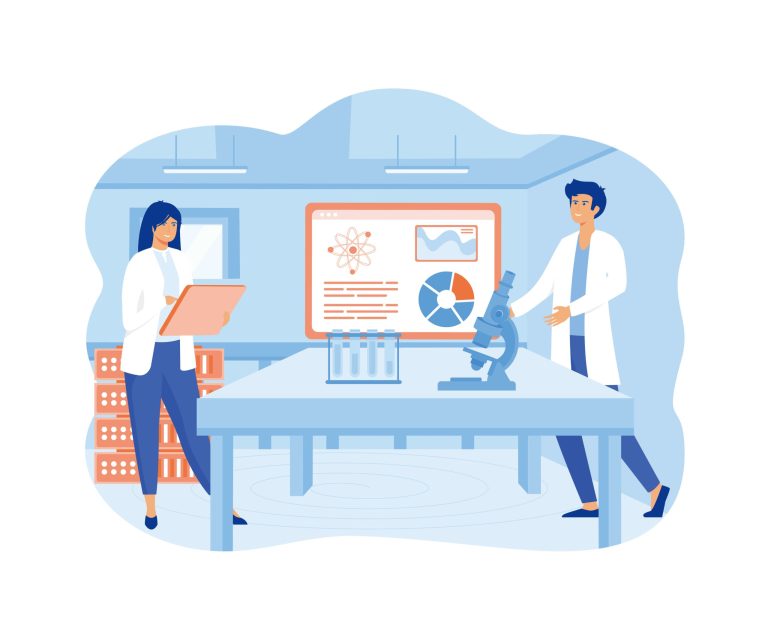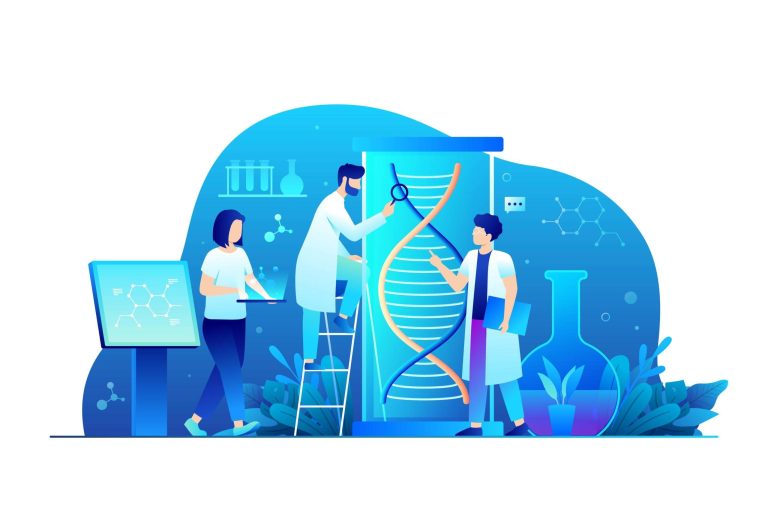Andropause Training: Your Guide to Thriving Through Male Menopause
The conversation around hormonal changes during aging has historically focused on women and menopause. Yet, men experience their own distinct, albeit more gradual, hormonal transition known as andropause. Often called ‘male menopause’, this natural phase of life is characterized by a decline in testosterone and can significantly impact a man’s physical, mental, and emotional well-being. Understanding this process is the first step toward managing it effectively and maintaining a high quality of life.
Navigating the complexities of andropause requires knowledge, precision, and a proactive approach. It involves recognizing the subtle symptoms, understanding the diagnostic process, and exploring a spectrum of management strategies from lifestyle adjustments to medical therapies. For both individuals experiencing these changes and the healthcare providers who guide them, access to specialized information is paramount.
This is where the value of dedicated education becomes clear. Comprehensive Andropause training provides the framework needed to address these hormonal shifts with confidence and expertise. It empowers men to take control of their health and equips clinicians with the tools to offer optimal care, turning a challenging transition into an opportunity for renewed vitality.

What Exactly Is Andropause?
Andropause is a term used to describe the collection of symptoms related to a gradual decline in testosterone levels in middle-aged and older men. Unlike female menopause, which involves a rapid and complete shutdown of reproductive hormones, andropause is a slow, progressive process. Testosterone levels typically begin to decrease by about one percent per year after the age of 30.
This decline is not uniform for every man. Genetics, lifestyle, and underlying health conditions can all influence the rate and extent of this hormonal shift. The medical community often refers to this condition as testosterone deficiency syndrome or late-onset hypogonadism. This clinical terminology highlights that the core issue is the body’s inability to produce sufficient levels of testosterone to maintain normal physiological functions.
It is important to distinguish andropause from the more severe forms of hypogonadism that can occur at any age due to specific medical conditions or injuries. Andropause is specifically age-related, a natural part of the aging journey for many men. Recognizing it as such helps to de-stigmatize the experience and encourages open discussion about symptoms and treatment.

What Are the Common Signs and Symptoms of Andropause?
The symptoms of andropause can be wide-ranging and are often mistaken for simple signs of aging. They can creep up slowly, making them difficult to pinpoint initially. These symptoms generally fall into physical, emotional, and sexual categories.
Physically, men may notice a persistent feeling of fatigue or a general lack of energy that is not resolved with rest. There is often a noticeable shift in body composition. Muscle mass and strength may decrease, even with regular exercise, while body fat, particularly visceral fat around the abdomen, tends to increase. This change not only affects appearance but also impacts metabolism and overall health.
Other physical signs can include reduced bone density, which increases the risk of osteoporosis and fractures. Some men may experience hot flashes, excessive sweating, or sleep disturbances like insomnia or sleep apnea. Hair loss on the body and head can also accelerate during this time.
Emotionally and cognitively, the changes can be just as profound. Many men report feelings of sadness, irritability, or even depression. A lack of motivation, diminished self-confidence, and a general sense of apathy are common. Cognitive issues, often described as ‘brain fog’, can manifest as difficulty concentrating, memory lapses, and a reduction in mental sharpness. These symptoms can be particularly frustrating and can impact work performance and personal relationships. They are hallmark indicators of what is often called low testosterone or male hypogonadism.
From a sexual health perspective, the symptoms are often what prompt men to seek help. A decreased libido or sex drive is one of the most frequently reported issues. This can be accompanied by erectile dysfunction, which is the inability to achieve or maintain an erection sufficient for sexual activity. The quality and frequency of spontaneous erections, such as those that occur during sleep, may also decline. These changes can be distressing and place a significant strain on intimate partnerships.
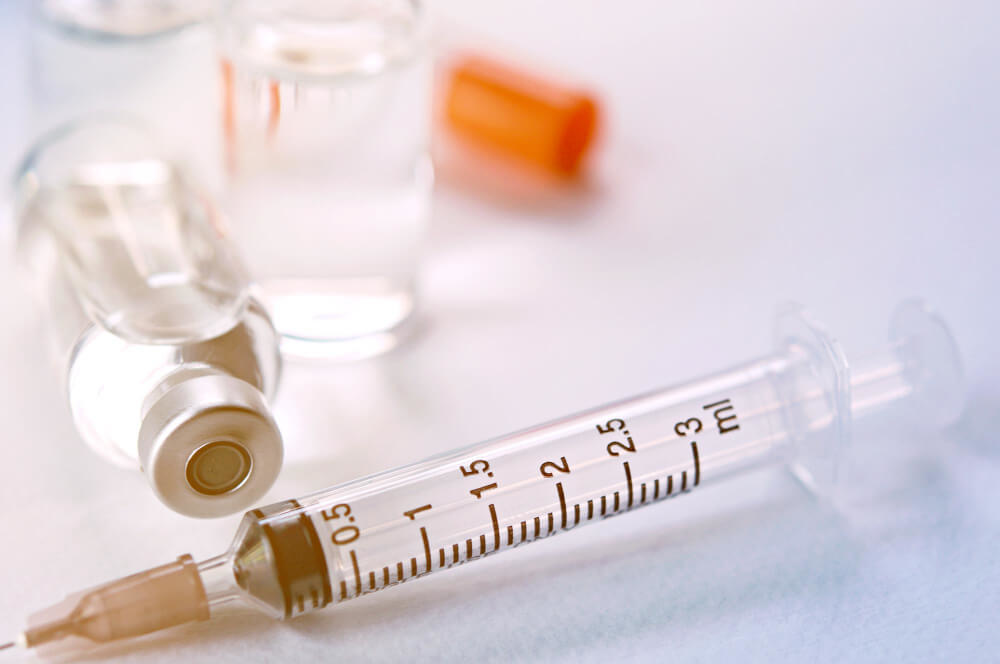
How Is Andropause Diagnosed?
A proper diagnosis of andropause is essential and goes beyond simply identifying symptoms. Since many signs overlap with other health conditions or the general effects of aging, a thorough evaluation by a healthcare provider is necessary to confirm a diagnosis and rule out other potential causes.
The diagnostic process typically begins with a detailed discussion of your medical history and a comprehensive review of your symptoms. Your doctor will ask about your energy levels, mood, sexual function, sleep patterns, and lifestyle habits. This conversation provides the context needed to interpret the results of any tests that are ordered.
The cornerstone of diagnosing andropause is a blood test to measure hormone levels. The most important value is your total testosterone level. However, a total testosterone reading alone does not tell the whole story. Your doctor will also likely measure ‘free’ testosterone, which is the amount of the hormone that is unbound and biologically active, ready for your body to use. Other related hormones like Luteinizing Hormone (LH) and Follicle-Stimulating Hormone (FSH) may also be checked to help determine if the problem originates in the testes or the pituitary gland.
Timing is critical for accurate testosterone testing. Because testosterone levels naturally fluctuate throughout the day, peaking in the morning, blood should be drawn early, typically between 7 a.m. and 10 a.m. More than one test may be required to confirm a consistently low level. The complexity of these tests means that interpreting lab results for male hypogonadism is a nuanced skill that requires specialized training.
Based on the combination of your reported symptoms and confirmed low testosterone levels from blood work, a provider can make an official diagnosis. This clinical picture of symptoms combined with biochemical evidence is the gold standard for identifying age-related hypogonadism and developing an appropriate plan for management.

What Lifestyle Changes Can Help Manage Andropause?
Before considering medical interventions, it is crucial to address the foundational pillars of health. Lifestyle modifications can have a powerful impact on hormone levels and can significantly alleviate many of the symptoms associated with andropause. For some men with borderline low testosterone, these changes alone may be enough to restore a sense of well-being.
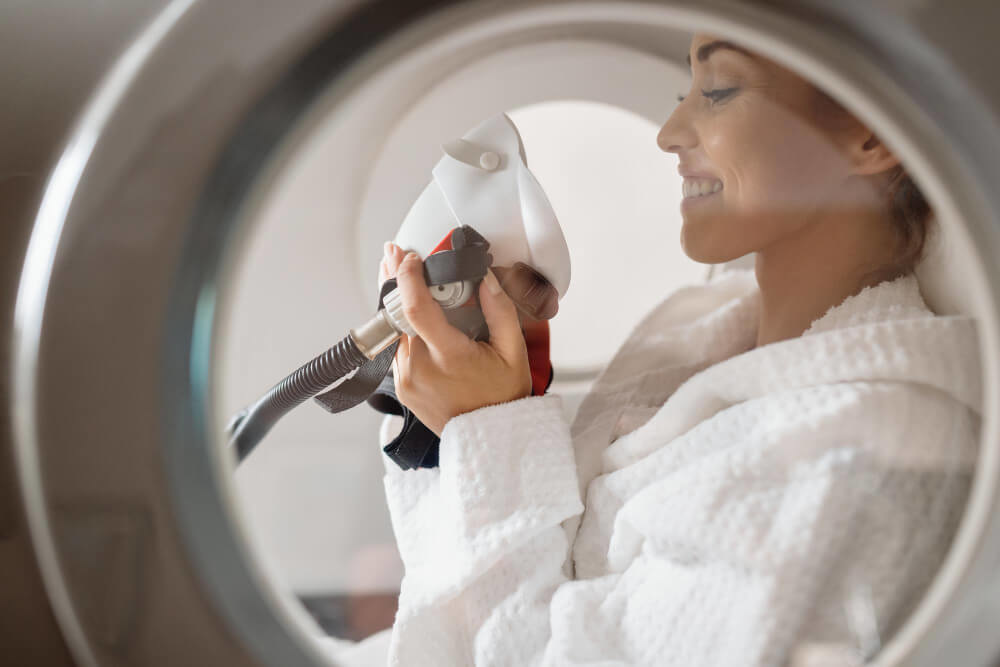
Can Diet Make a Difference?
Yes, what you eat plays a direct role in hormone production and overall health. A balanced diet is fundamental. Focus on whole foods, including lean proteins, healthy fats, and complex carbohydrates. Protein is essential for maintaining muscle mass, while healthy fats, found in avocados, nuts, and olive oil, are the building blocks for steroid hormones like testosterone.
Certain micronutrients are particularly important. Zinc, found in foods like oysters, beef, and pumpkin seeds, is critical for testosterone synthesis. Vitamin D, often called the ‘sunshine vitamin’, also functions as a hormone in the body and is linked to healthy testosterone levels. Magnesium, abundant in leafy greens and almonds, is involved in hundreds of biochemical reactions, including those that impact hormone balance.
Equally important is what you avoid. Diets high in sugar and processed foods can lead to insulin resistance and increased inflammation, both of which can suppress testosterone production. Excessive alcohol consumption has also been shown to lower testosterone levels and should be limited.

Why Is Exercise So Important?
Physical activity is one of the most effective natural ways to combat the effects of andropause. A combination of resistance training and cardiovascular exercise is ideal. Strength training, such as lifting weights or using resistance bands, is particularly beneficial. It helps to build and preserve lean muscle mass, which in turn helps to naturally boost testosterone levels and improve metabolism.
High-Intensity Interval Training (HIIT) is another powerful tool. This form of exercise involves short bursts of all-out effort followed by brief recovery periods. Studies have shown that HIIT can be very effective at improving cardiovascular health, increasing fat loss, and stimulating hormone production. It is a time-efficient way to get a potent workout.
Of course, traditional aerobic exercise like running, swimming, or cycling remains important for heart health, weight management, and stress reduction. Finding a routine you enjoy is key to consistency. For men looking for structured guidance, there are many excellent programs outlining the best workouts for men over 40 that can be adapted to any fitness level.

How Does Stress and Sleep Impact Hormones?
The connection between stress, sleep, and testosterone is undeniable. Chronic stress leads to elevated levels of cortisol, the body’s primary stress hormone. Cortisol and testosterone have an inverse relationship; when cortisol is high, testosterone tends to be low. Implementing stress-management techniques like meditation, deep breathing exercises, yoga, or spending time in nature can help lower cortisol and support healthier hormone levels.
Sleep is perhaps the single most critical factor for testosterone production. The majority of your daily testosterone is released during the deep stages of sleep. Consistently failing to get enough quality sleep will sabotage your hormone levels. Aim for 7-9 hours of uninterrupted sleep per night. Improve your sleep hygiene by creating a dark, cool, and quiet bedroom, avoiding screens before bed, and maintaining a consistent sleep schedule.

What Are the Medical Treatment Options for Andropause?
When lifestyle changes are not sufficient to resolve the symptoms of andropause, medical treatment may be a necessary and highly effective option. The primary medical intervention for clinically diagnosed low testosterone is Testosterone Replacement Therapy, commonly known as TRT.
TRT involves supplementing the body with exogenous testosterone to restore levels to a healthy, youthful range. The goal is not to create unnaturally high levels but to alleviate the debilitating symptoms of deficiency and improve overall quality of life. When properly managed by a knowledgeable physician, TRT can be a safe and transformative treatment for men with confirmed late-onset hypogonadism.
The potential benefits of TRT are significant and often address the very symptoms that define andropause. Patients frequently report increased energy levels, improved mood and cognitive function, a restoration of libido and sexual function, increased muscle mass and strength, and a reduction in body fat. It can also improve bone density, protecting against osteoporosis.

What Are the Different Forms of TRT?
Testosterone can be administered in several different ways, and the best method depends on the patient’s lifestyle, preference, and how their body responds. A healthcare provider will discuss the pros and cons of each option.
Injections are a common and cost-effective method. Testosterone cypionate or enanthate is injected into a muscle, typically every one to two weeks. Some protocols involve more frequent, smaller subcutaneous injections to maintain more stable blood levels.
Transdermal gels and creams are applied to the skin daily, usually on the shoulders or upper arms. The testosterone is absorbed through the skin into the bloodstream. This method provides steady hormone levels but requires careful application to avoid transference to others through skin contact.
Patches are another transdermal option. A patch containing testosterone is applied to the skin each day. It offers convenience but can sometimes cause skin irritation for some individuals.
Pellets are a long-acting option where small, rice-sized pellets of testosterone are surgically implanted under the skin, usually in the hip area. They slowly release the hormone over a period of three to six months, eliminating the need for daily or weekly dosing.
It is critical to understand that TRT is not a simple ‘one-size-fits-all’ prescription. It requires careful initial dosing and ongoing adjustments based on follow-up lab work and patient feedback. Effective and safe therapy relies on sophisticated knowledge of Advanced TRT dosing and monitoring protocols to manage hormone levels and mitigate any potential side effects.

Why is Professional Guidance Crucial for Managing Andropause?
Attempting to self-diagnose or self-treat andropause is unwise and potentially dangerous. The journey through this life stage should be navigated with the guidance of a healthcare professional who has expertise in hormone health and anti-aging medicine.
A knowledgeable provider will ensure an accurate diagnosis, ruling out other conditions that may mimic the symptoms of low testosterone. They will oversee the crucial process of monitoring hormone levels, as well as other important health markers like red blood cell counts and prostate-specific antigen (PSA), to ensure the therapy remains safe and effective over the long term.
Furthermore, a skilled clinician understands the art of patient communication. They can explain complex hormonal interactions in an understandable way and work collaboratively with the patient to create a personalized treatment plan. This expertise in how to communicate the role of hormones in aging to patients is vital for building trust and ensuring treatment adherence and success.
Ultimately, andropause is a highly manageable condition. With a proactive approach that combines smart lifestyle choices with expert medical guidance, men can not only navigate this transition but emerge with renewed energy, focus, and vitality for the years ahead.
Frequently Asked Questions

What happens if a contraindication, like an elevated PSA level, develops while I am already on TRT?
If a potential contraindication develops during therapy, your physician will take immediate action to ensure your safety. This almost always involves pausing or completely stopping your testosterone treatment to allow for a thorough investigation. Continuous monitoring is a critical part of TRT, and developing issues like significantly elevated PSA or hematocrit levels must be addressed before continuing.
Once therapy is paused, your doctor will conduct further tests to determine the cause and severity of the new health concern. Based on these results, a decision will be made about the future of your treatment. This could mean permanently discontinuing TRT, addressing the underlying issue before cautiously restarting, or adjusting your dosage and monitoring schedule more closely.
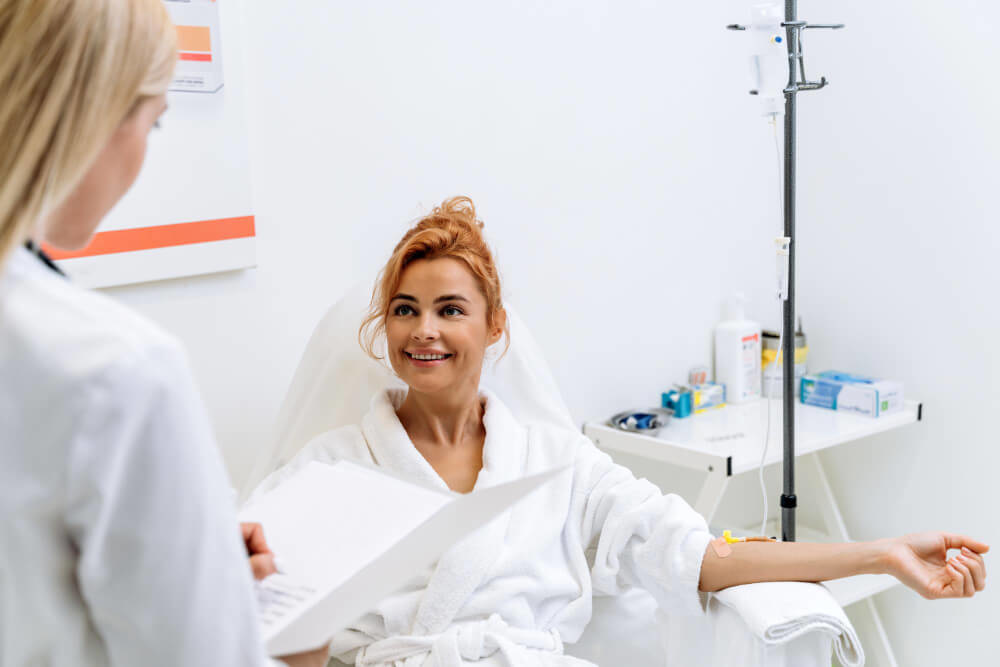
Can I ever start TRT if I have a "relative" contraindication like sleep apnea?
Having a relative contraindication does not automatically disqualify you from TRT, but it means proceeding requires significant caution and management. Conditions like severe obstructive sleep apnea (OSA) can be worsened by testosterone, so a doctor will insist on treating the primary condition first. This ensures your existing health issue is stable and well-controlled before introducing a therapy that could potentially complicate it.
The process typically involves getting the relative contraindication managed, such as through the consistent use of a CPAP machine for sleep apnea. Once your doctor is satisfied that the condition is stable, you can jointly re-evaluate the risks and benefits of beginning TRT. If you proceed, you will likely start on a conservative dose and undergo more frequent monitoring to ensure the therapy does not negatively impact your health.
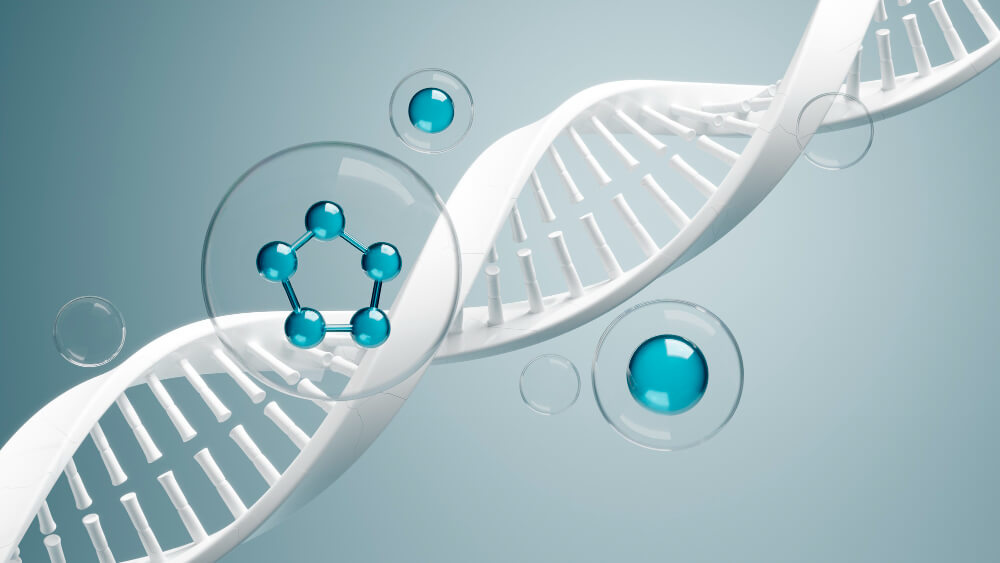
Does having a family history of prostate cancer automatically disqualify me from TRT?
A family history of prostate cancer is not considered an absolute contraindication, but it does warrant a more detailed and cautious approach. It places you in a higher-risk category, so your doctor will conduct a comprehensive evaluation before you begin therapy. This includes establishing a baseline PSA level and performing a digital rectal exam to assess your prostate health from the start.
If you and your physician decide that the benefits of TRT outweigh the potential risks, you will be placed on a more stringent monitoring plan. This means you can expect more frequent PSA screenings and regular check-ups to catch any changes as early as possible. The decision to start therapy is a collaborative one, based on a clear understanding of your personal risk profile and treatment goals.
For healthcare professionals, medics, and clinic owners ready to master this field, Talking Longevity offers the key. Discover the most comprehensive functional medicine training, longevity training, and biohacking certification programs designed specifically for healthcare professionals, medics, and clinic owners who want to master regenerative medicine protocols and anti-aging therapies.



